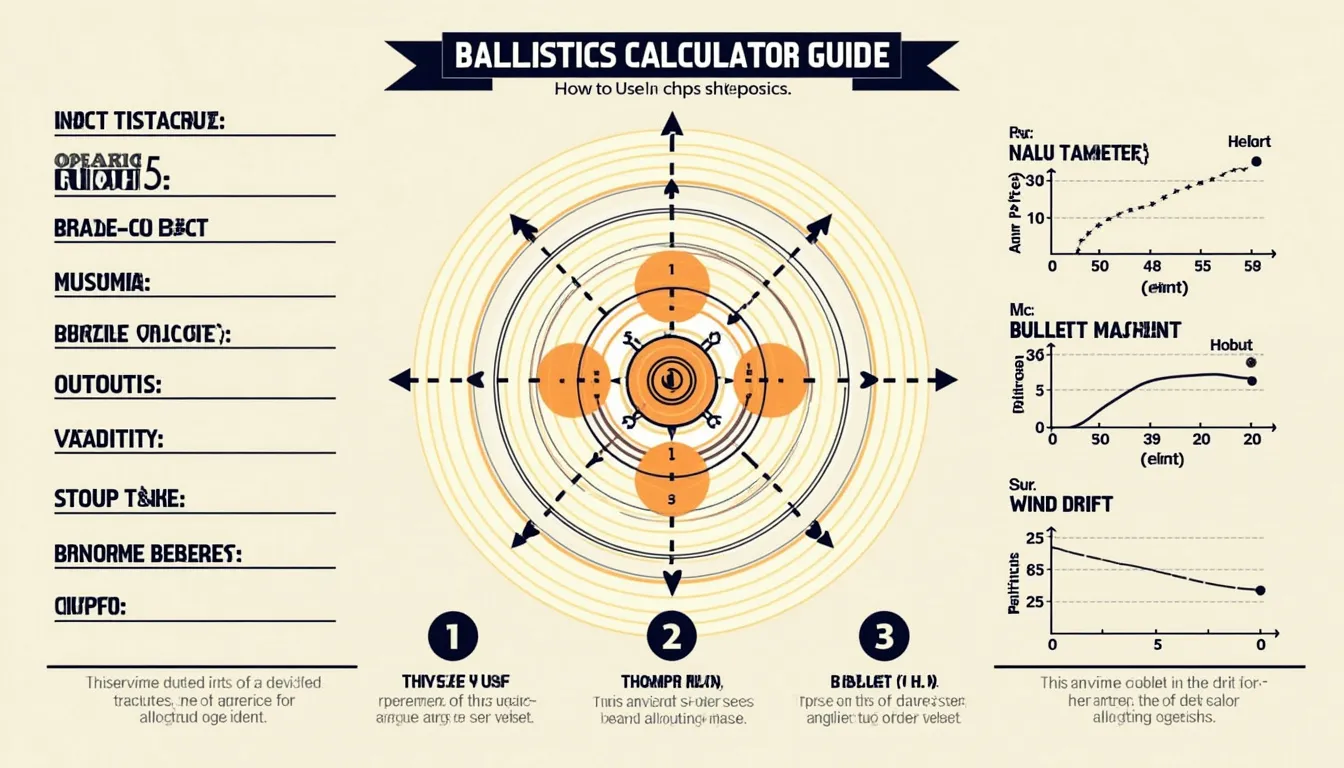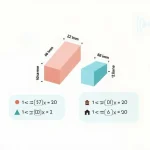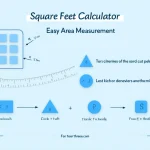Ballistics Calculator
Calculating...
Is this tool helpful?
How to Use the Ballistics Calculator Effectively
Our precise Ballistics Calculator is designed to assist shooters, hunters, and ballistics enthusiasts in accurately predicting bullet trajectory, velocity, energy, and wind drift. Follow these simple steps to maximize the benefits of this advanced tool:
1. Enter Bullet Specifications
- Bullet Weight: Input the bullet weight in grains. For example, enter 180 grains for a popular 7mm Remington Magnum or 125 grains for a 9mm handgun bullet.
- Bullet Diameter: Provide the diameter of the bullet in inches, such as 0.224 for a .223 Remington or 0.257 for a 6.5mm cartridge.
- Ballistic Coefficient (BC): Enter the ballistic coefficient that reflects the bullet’s aerodynamic efficiency, like 0.270 for a lightweight varmint bullet or 0.520 for a high-BC long-range bullet.
- Drag Function: Choose the appropriate drag model—G1 or G7—depending on the bullet’s shape and design for optimal accuracy.
2. Provide Firearm and Shooting Parameters
- Muzzle Velocity: Specify the initial velocity in feet per second, such as 3200 ft/s for a lightweight high-velocity round or 2450 ft/s for heavier match-grade ammunition.
- Zero Range: Define the distance at which your firearm is zeroed in yards, for instance, 150 yards for mid-range shooting or 200 yards for long-range precision.
- Sight Height Over Bore: Measure and enter the vertical distance between your rifle’s sight and bore axis in inches, like 1.25 inches for a scope mount or 1.75 inches for a typical hunting rifle.
- Shooting Angle: If shooting uphill or downhill, enter the angle in degrees (optional), such as 8° for a moderate incline or 15° for steep terrain.
3. Enter Environmental Conditions (Optional but Recommended)
- Temperature (°F): Input the ambient temperature, for example, 72°F on a summer day or 40°F during cooler weather to account for air density effects.
- Barometric Pressure (inHg): Enter atmospheric pressure like 30.12 inHg on a clear day or 29.50 inHg in low-pressure conditions for improved trajectory accuracy.
- Humidity (%): Add the relative humidity percentage such as 35% for dry conditions or 85% for humid climates to refine ballistic predictions.
- Wind Speed (mph): Include wind speed values, such as 5 mph for light breezes or 20 mph for stronger crosswinds, to anticipate wind drift.
- Wind Angle (degrees): Provide the angle between wind direction and bullet path, such as 45° for a diagonal crosswind or 180° for a headwind.
4. Calculate and Review Your Results
Click the “Calculate” button to generate detailed ballistic data. You will receive:
- An easy-to-read trajectory table highlighting bullet drop, velocity, energy, and wind drift over different distances.
- Interactive charts visualizing bullet flight path, velocity change, kinetic energy, and wind drift for enhanced analysis.
Introduction to the Ballistics Calculator: Definition, Purpose & Benefits
The Ballistics Calculator is a sophisticated shooting trajectory and wind drift analysis tool designed to help marksmen, hunters, and shooting enthusiasts predict bullet behavior with precision. By integrating bullet parameters, firearm characteristics, and environmental factors, this tool delivers reliable ballistic computations essential for effective long-range shooting.
Purpose of the Calculator
Understanding how bullets fly and how external influences affect their path is vital for achieving high accuracy. This calculator’s purpose is to:
- Predict bullet trajectory and drop over various ranges.
- Estimate velocity decay and remaining kinetic energy.
- Calculate wind drift based on wind speed and angle.
- Assist in sighting and zeroing rifles for improved shot placement.
Benefits of Using This Ballistics Calculator
- Enhanced precision: Fine-tune shot placement with detailed trajectory and environmental data.
- Time-saving: Quickly obtain ballistic profiles without extended field-testing.
- Environmental adaptability: Account for weather effects like temperature, humidity, and wind.
- Helpful for all skill levels: From beginners learning ballistic basics to experts optimizing competitive shooting.
- Comprehensive insights: Visual charts and tables make complex ballistics easy to understand and apply.
Example Ballistic Calculation Using the JavaScript Tool
Suppose you are shooting with the following setup:
- Bullet Weight: 140 grains
- Muzzle Velocity: 2950 ft/s
- Ballistic Coefficient (BC) G1: 0.400
- Wind Speed: 12 mph (full-value crosswind)
- Zero Range: 125 yards
Using the Ballistics Calculator, you will get detailed data such as:
- At 300 yards, bullet drop might measure approximately 18.5 inches below the line of sight.
- Velocity at 300 yards decreases to around 2300 ft/s due to air resistance.
- Energy at this distance is close to 1650 ft-lbs, ensuring effective terminal performance.
- Wind drift could be near 9.8 inches at 300 yards, guiding your windage adjustment.
This precise information allows shooters to make well-informed adjustments to their scope or aiming point, improving accuracy in real-world conditions.
Understanding the Science Behind the Ballistics Calculator
Ballistics involves the physics that govern the flight path and behavior of a projectile. This calculator incorporates these principles to model bullet flight:
1. Bullet Trajectory Calculation
The bullet’s vertical motion is affected by gravity, air drag, and launch conditions. The trajectory equation used is:
$$ y = y_0 + v_0 \sin(\theta) t – \frac{1}{2}gt^2 – \int_0^t \frac{D(v)}{m} \sin(\phi) \, dt $$
- $$y$$: Vertical position of the bullet
- $$y_0$$: Initial height at the muzzle
- $$v_0$$: Initial velocity of the bullet
- $$\theta$$: Launch angle relative to the horizontal
- $$g$$: Gravitational acceleration (9.81 m/s²)
- $$D(v)$$: Velocity-dependent drag force
- $$m$$: Bullet mass
- $$\phi$$: Angle between velocity vector and horizontal plane
2. Ballistic Coefficient (BC)
BC quantifies a bullet’s efficiency in overcoming air resistance, a crucial factor for long-range accuracy:
$$ BC = \frac{m}{i d^2} $$
- $$m$$: Bullet mass
- $$i$$: Form factor related to bullet shape
- $$d$$: Diameter of the bullet
3. Drag Model Selection: G1 vs. G7
The calculator supports both G1 and G7 drag models:
- G1 Model: Ideal for flat-based, standard bullets—commonly used in traditional ballistics.
- G7 Model: Better suited for boat-tail, long-range bullets with streamlined shapes.
Selecting the correct drag model helps improve the accuracy of trajectory and wind drift predictions.
Important Disclaimer
The calculations, results, and content provided by our tools are not guaranteed to be accurate, complete, or reliable. Users are responsible for verifying and interpreting the results. Our content and tools may contain errors, biases, or inconsistencies. We reserve the right to save inputs and outputs from our tools for the purposes of error debugging, bias identification, and performance improvement. External companies providing AI models used in our tools may also save and process data in accordance with their own policies. By using our tools, you consent to this data collection and processing. We reserve the right to limit the usage of our tools based on current usability factors. By using our tools, you acknowledge that you have read, understood, and agreed to this disclaimer. You accept the inherent risks and limitations associated with the use of our tools and services.







